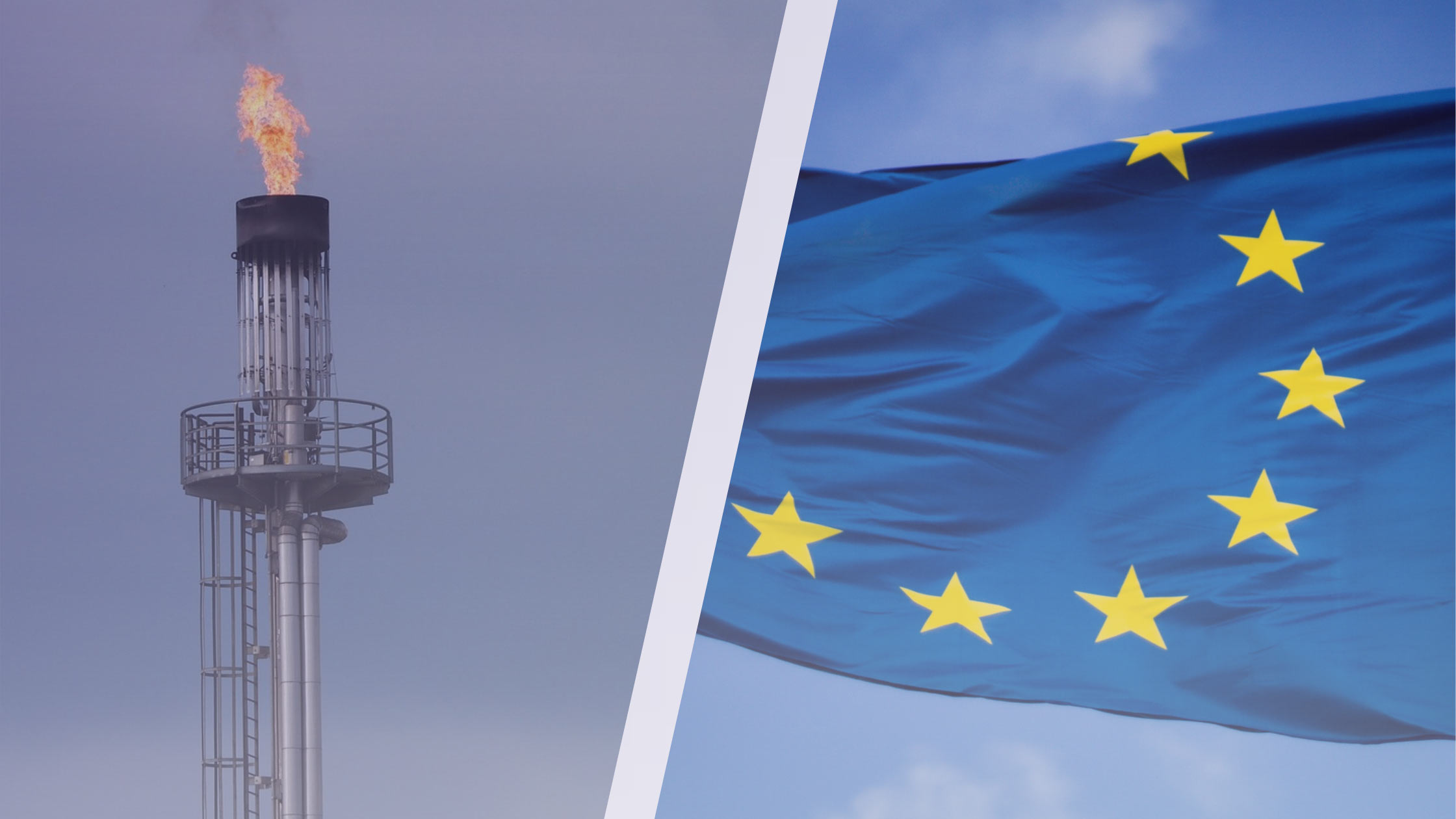
The recent adoption of a new law by the European Parliament underscores the critical role that Industrial Internet of Things (IIoT) sensors can play in driving sustainability and emission reduction across industries. Notably, these regulations emphasize the urgent need to tackle environmental challenges, given that current concentrations are now 260 percent of pre-industrial levels, according to the United Nations Environment Programme.
In their 2022 annual report, the United Nations Environment Programme highlighted that human-driven methane emissions are responsible for nearly 45 percent of current net warming. These increases are overwhelmingly caused by human activity. Now, let’s delve into how IIoT sensors can empower industries to meet these requirements and foster a more sustainable future through effective emission reduction.
Firstly, the newly adopted law mandates regular inspections of above-ground infrastructure by the energy sector in Europe. IIoT sensors prove instrumental in monitoring and detecting methane leaks in real-time, enabling companies to comply with these inspection requirements effectively. Additionally, industries can play a significant role in achieving global climate goals by quickly identifying and fixing leaks, thereby helping to achieve emission reduction goals.
Addressing gas emissions involves the modernization of technologies or equipment to reduce or eliminate fugitive and scattered emissions into the atmosphere, as outlined by the Global Methane Initiative. These actions are pivotal in achieving emission reduction goals. By implementing advanced technologies, companies ensure a proactive approach to leak prevention and maintenance, thereby fostering a more sustainable future.
Moreover, the rules backed by the EU Parliament aim to broadly ban the intentional release or burning of methane, known as venting and flaring. IIoT sensors can monitor methane levels in real-time, enabling industries to detect and prevent venting and flaring incidents. By implementing sensor-based monitoring systems, companies can ensure compliance with these regulations and achieve emission reduction associated with these practices.
In the Net Zero Emissions by 2050 Scenario, all non-emergency flaring is eliminated globally by 2030, reducing flared volumes by around 90% by 2030.
In joint efforts to reduce methane emissions, Industrial IoT sensors demonstrate great potential. These intelligent instruments offer several benefits that contribute to emission reduction practices and compliance:
As seen, the recent legislation on methane emissions by the European Parliament underscores the critical role of industrial sensors in enabling industries to meet environmental regulations and promote sustainability. IIoT sensors provide enterprises with the tools to prevent leaks, achieve emission reduction, and enhance safety. Through these measures, our customers can comply with environmental regulations and positively impact the creation of a durable future.

Be at the forefront of methane risk assessment using SENSA.iO intelligent instruments!
Discover our SENSA.iO solutions